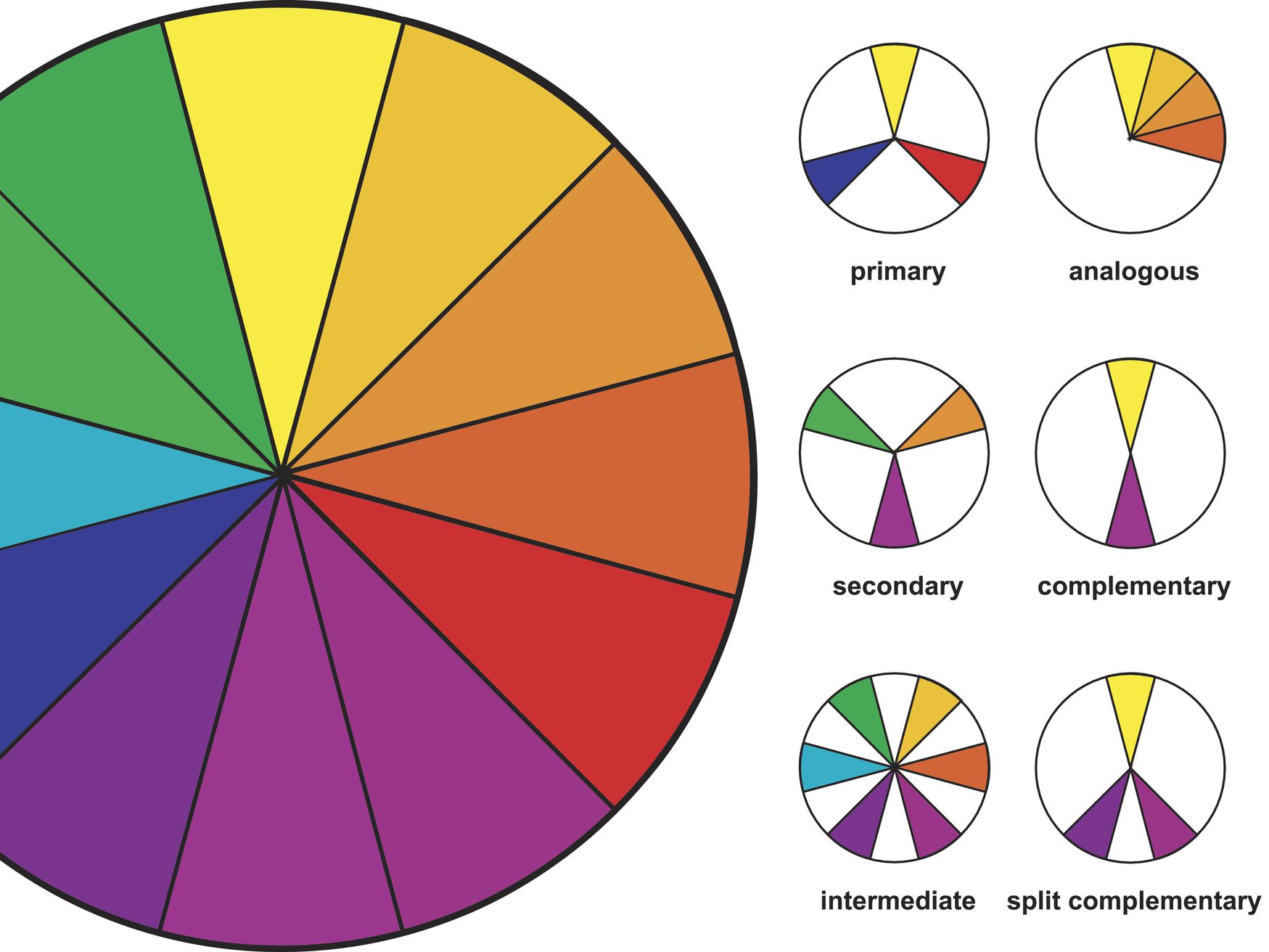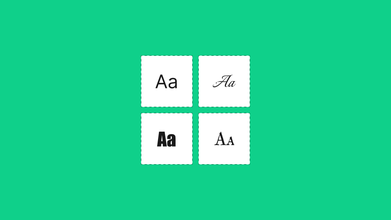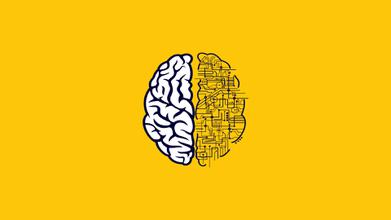6 Elements of Design
May 19, 2021 12548 seen
Good design sometimes seems magical, but it doesn’t just happen by chance. Overall, designers use a set of tools, known as the elements of design, which help them to build a perfect design. Every part of the design is trying to convey a message. Design can tell us which emails are unread or which brand to buy.
In this article, we will discuss the elements of design that designers use to craft meaning and bring clarity to a muddled mess of ideas. By using these elements right, you will be sure that your design is as powerful as it can be.
The Elements of Design
Line
The first and most important element of design is the line. In general, a line is any two connected points. Lines in general, are straight or curved, also they can be smooth, rough, continuous, broken, thick, or thin. Well, in design, a line helps to create division within your design, helping direct the user’s eye toward specific information or a specific focal point. Lines also send messages on a subconscious level. For example, a diagonal line has kinetic energy and motion, while a straight line is more orderly and cleaner.

Color
Here we have another powerful element of design. Color can be used alone, or it can act as a background, or highlight other elements in your design. Color, in addition, is a fantastic tool if you want to create and establish a mood for your brand. For example, red typically signifies emotion, strength, power, and desire, whereas green signifies good luck and health. You can learn the basics of color theory to be sure that your design has the right mood, temperature, and tone.

Shape
Shape - when a two-dimensional line encloses an area. A shape can be either geometric or organic. Borders, including lines and color, ultimately define shapes and can also help define an area of a page.

Type
Typography is the single most important part of graphic, web, and overall, all types of design. Your text does not just convey a message, it can also convey a mood. Depending on your content, if you are a serious online newspaper or a playful blog, your text can play a very essential role. It can set the tone.

Space
Space refers to the area below, above, around, or behind an object. Usually, space can be positive or negative. Positive space refers to the subject of interest, for example, a person's face or furniture in a room. On the other hand, negative space refers to the background area surrounding the subject or areas of interest. If negative space is used correctly, it can play a pivotal role in the success of your design.

Texture
Texture refers to how a surface feels, or in the case of digital design, the perception of how it might feel. Texture can create a more dynamic, visually appealing look and also add depth to your design. For example, a luxury linen brand looking to emphasize comfort and coziness might consider a cotton textile backdrop like the example below.

Related Tutorials


